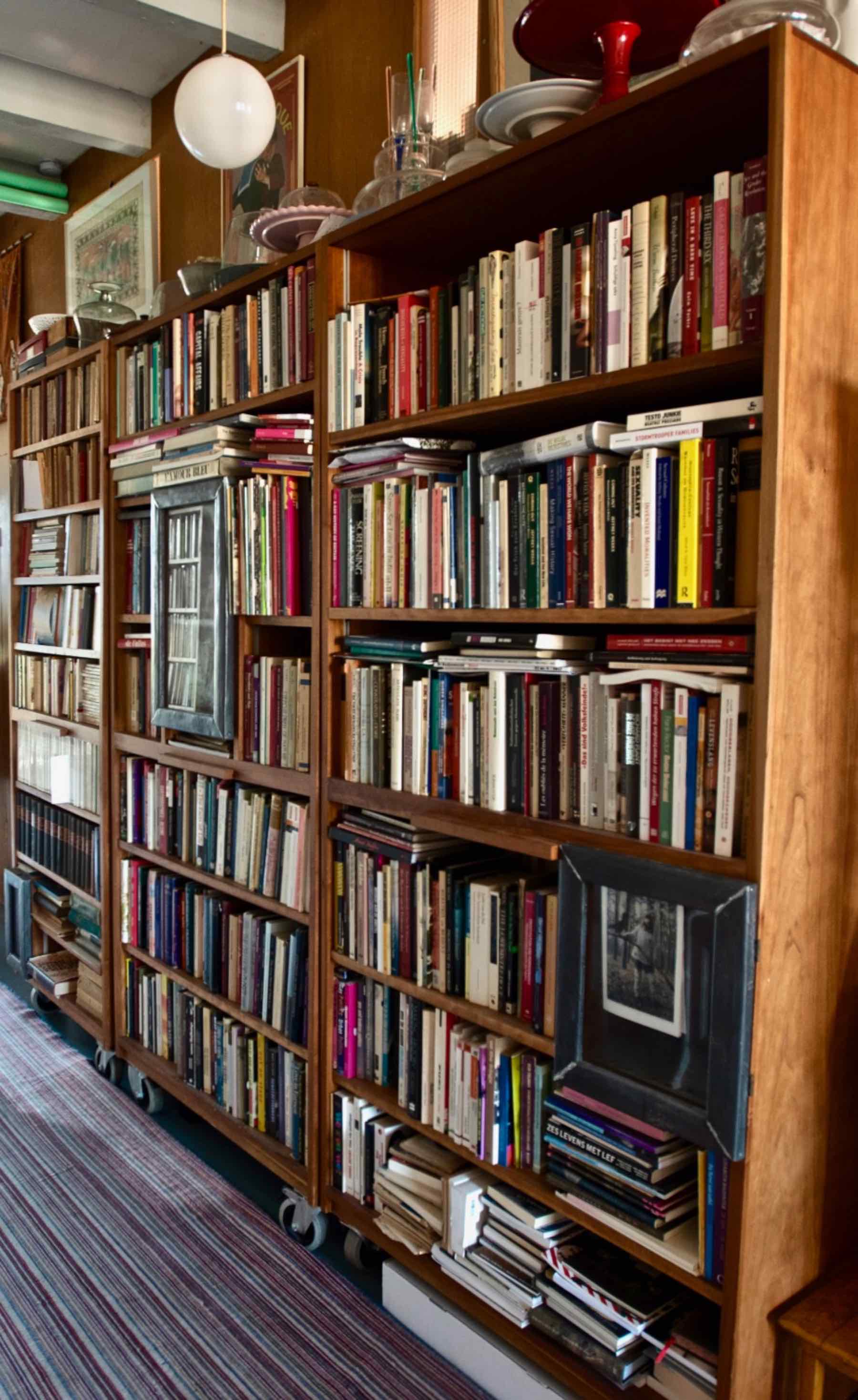
Charles Gueboguo, La question homosexuelle en Afrique. Le cas de Cameroun.
Homosexuality in Subsaharan Africa has been a topic of little research except for South Africa. Stephen Murray and Will Roscoe edited Boy Wives and Female Husbands (New York 1998) and recently Marc Epprecht published his Hungochani. The History of a Dissident Sexuality in Southern Africa (Montreal 2004) that includes chapters on Zimbabwe. Charles Gueboguo’s book on homosexuality in Africa is now the first stemming from Central Africa, and done by an African. With this book it again becomes more difficult to say that homosexuality is unAfrican. It is there, it was there in different forms and will be there in once more new ways. As Gueboguo’s book is a first exploration started as an MA project, the study suffers from the weaknesses that come with such a project. There are too many theoretical questions that instead of opening the material, marginalize it. Twenty pages are devoted to defining homosexuality and theorizing the “coming-out” process. The author is too interested in the classical sociological variables of age, religion, ethnicity, education and profession and pays too little attention to a description of the everyday lives and sexual narratives of the interviewed 81 persons (only 3 women included). But what comes out of this project, remains a useful overview in the first place of the history of homosexuality in Africa with special attention for Cameroon. It appears that contemporary gays don’t take their examples of local traditions, but rather from Western homoerotic magazines. The major towns of the country witness a lively subculture of homosexual men – hidden until police raids on meeting places created a moral panic, and drove too many gay men into prison. This recent development is regrettably not a topic of this book that still discusses a situation where homosexuality is forbidden but was rarely prosecuted. Gueboguo has a surprise for Western readers when it comes to religion: the Muslims are according to him much more accepting of homosexuals than Christians.
The book on South Africa makes clear what an enormous gap exists between the rest of the continent and this country that is the only nation in the world to have a constitution that explicitly protects gay and lesbian rights. In 15 years, the LGBT movement won more rights than its US counterpart in 50 years: constitutional protection, same-sex marriage, access to the army, anti-discrmination legislation and loyal support of the leading party, the African National Congress (ANC), presidents Nelson Mandela and Thabo Mbeki and leading bishop Desmond Tutu. This book documents that the ANC became so gay friendly after Apartheid, because it was, at least verbally, opposed to any discrimination, whether it was of ethnicity, religion, gender or sexual orientation. The gays and lesbians fitted well in the collection of those who were oppressed under the white regime and who since deserve the right to be protected. In this book, the participants in the battle for gay and lesbian emancipation tell their story, or get it told by historians or documents. It is a beautifully produced book full of original texts and pictures that shows in vivid detail the radical change that South Africa witnessed from a nation based in various exclusions to an ideal of general inclusion. The gay story is told from various, sometimes contradictory perspectives. Jens Rydström recounts what happened on the conferences of the International Gay and Lesbian Association (ILGA) and the South African delegate Kevan Botha, whose behavior was seen as racist, explains his innocence, although not very convincingly. While the name of Peter Tatchell is absent in most accounts of the changes that took place regarding homosexuality, he himself rewrites history as if he was solely responsible for the ANC’s gay-friendly policy. Good policies always have many fathers; bad policies none. Of course there are many fathers to the success story of homosexual emancipation, and from this book we understand that Simon Nkoli, one of the first black gay activists who also worked within the ANC, and judge Edwin Cameron have been central figures in a struggle that was fought by many more gay and lesbian activists and their allies in and outside South Africa. From all the articles and documents it remains clear that also South Africa has to go a long way before social acceptance of sexual diversity will be rooted in society. But gay and lesbian rights being anchored in laws and the constitution give the nation an important advantage on its neighbours where homosexuality is still decried as a Western disease.
Today, queer movements are starting on many places of the continent and research is carried out on men having sex with men on various places. These hopeful developments, so much promoted by the positive example of South Africa, will soon enrich our knowledge on homosexualities on the continent that was for long too blank a space in this regard, hopefully also to the benefit of the Africans themselves.
Gert Hekma, University of Amsterdam
